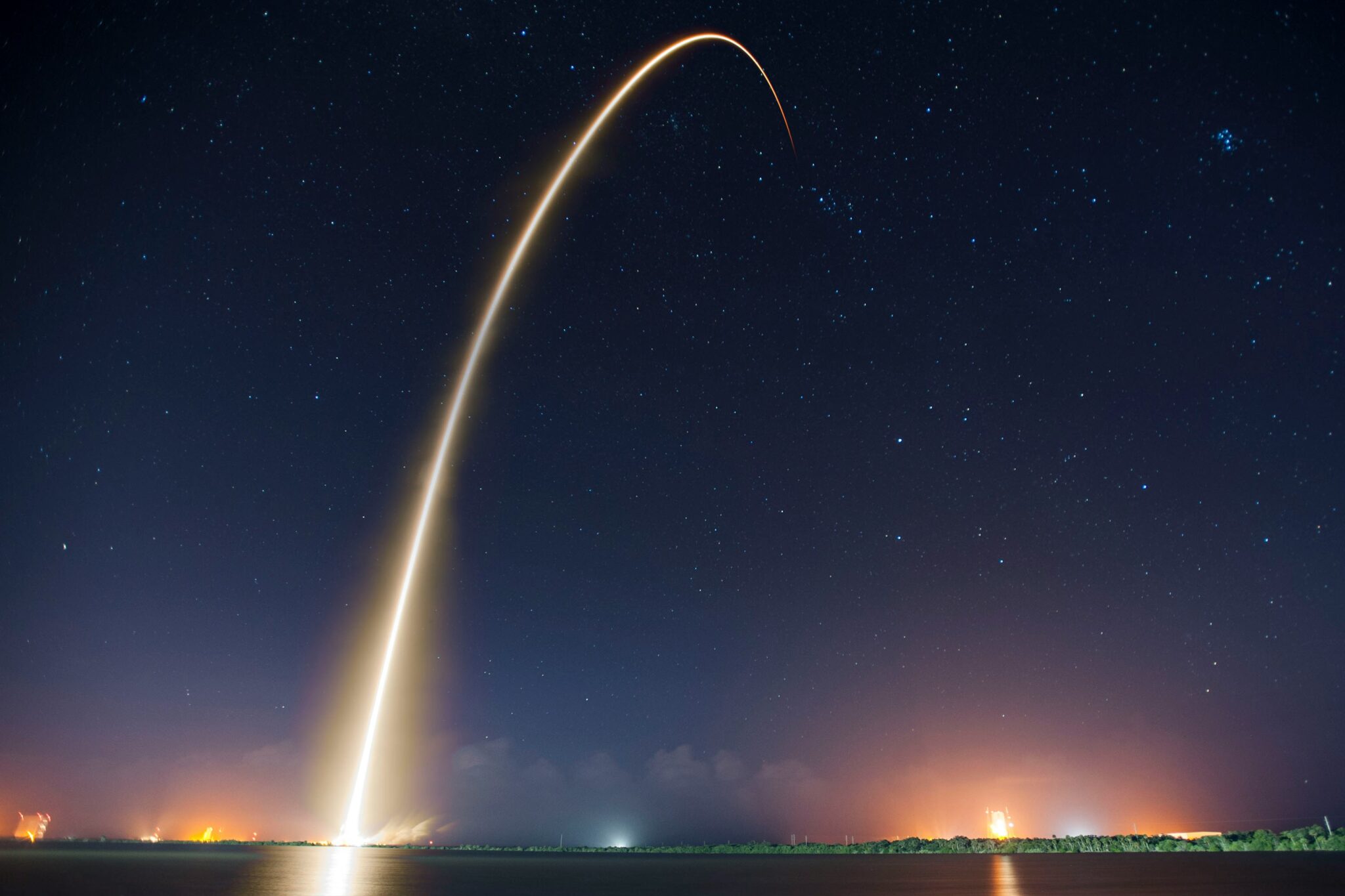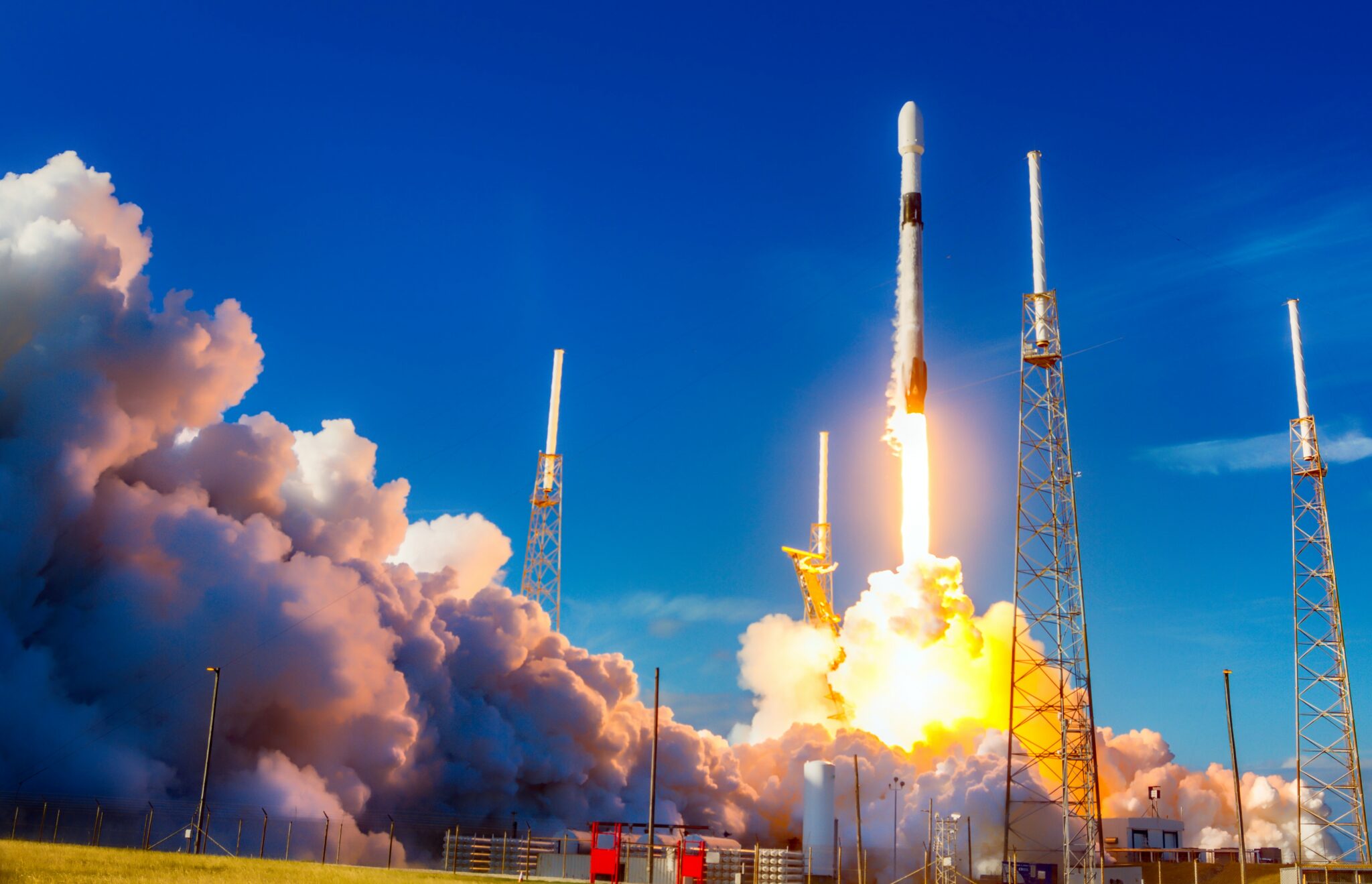Thousands of Starlink satellites are in low Earth orbit, some of which will eventually cease to exist and fall back into the atmosphere. In the process, they will leave a chemical residue that depletes the ozone layer. A new study warns the growing number of internet satellites has caused an eightfold increase in harmful oxides in the atmosphere in six years.

Internet satellites usually have a short lifespan of about five years, then they go out of orbit and fall into the atmosphere where they burn up without a trace. Among the nearly 10,000 satellites in orbit, two-thirds belong to SpaceX’s Starlink constellation.
More than 6,000 Starlink satellites have been launched into orbit. The founder of the company, Elon Musk, plans to increase their number to 42,000. SpaceX isn’t the only company building constellations in low Earth orbit. Blue Origin’s Project Kuiper plans to send 3,000 satellites into space, while Europe’s OneWeb plans to send 648 satellites. These figures raise alarm not only because of possible Kessler syndrome.
Global Internet at the cost of the ozone layer
Internet satellites are replaced more often than others, and companies are constantly launching replacements to maintain their services. At the end of their lifespan, satellites pollute the atmosphere when they fall. According to a study published in the journal Geophysical Research Letters, satellites produce aluminum oxide particles that trigger chemical reactions that deplete the atmosphere’s ozone layer.

“Only in recent years have people started to think this might become a problem,” said Joseph Wang, a researcher at the University of Southern California. Using a model of satellite chemistry, the researchers found that a typical 250-kilogram satellite generates about 30 kilograms of aluminum oxide nanoparticles upon re-entry. According to the study, satellites that re-enter the atmosphere increased the amount of aluminum in the atmosphere by 29.5 percent from 2016 to 2022.
Bad time
The situation could get worse. Aluminum oxide particles will sink into the stratosphere in 30 years, where 90% of ozone is located. When all the planned internet constellations are built, 1,005 tons of aluminum will enter the stratosphere, resulting in the emission of 397 tons of aluminum oxides per year, exceeding natural levels by 646%.
This comes at a time when the Earth’s ozone layer has begun to recover. An assessment by the United Nations Environment Program has shown that the ozone layer could fully recover by 2066. Nearly 99% of ozone-depleting chemicals have been phased out since the 1980s thanks to an international treaty signed in 1987.
The study emphasizes the need for effective regulations to mitigate the effects of a growing space industry that is actively launching satellites.
Earlier we reported on how the stratosphere was saturated with exotic metals.
According to gizmodo.com


